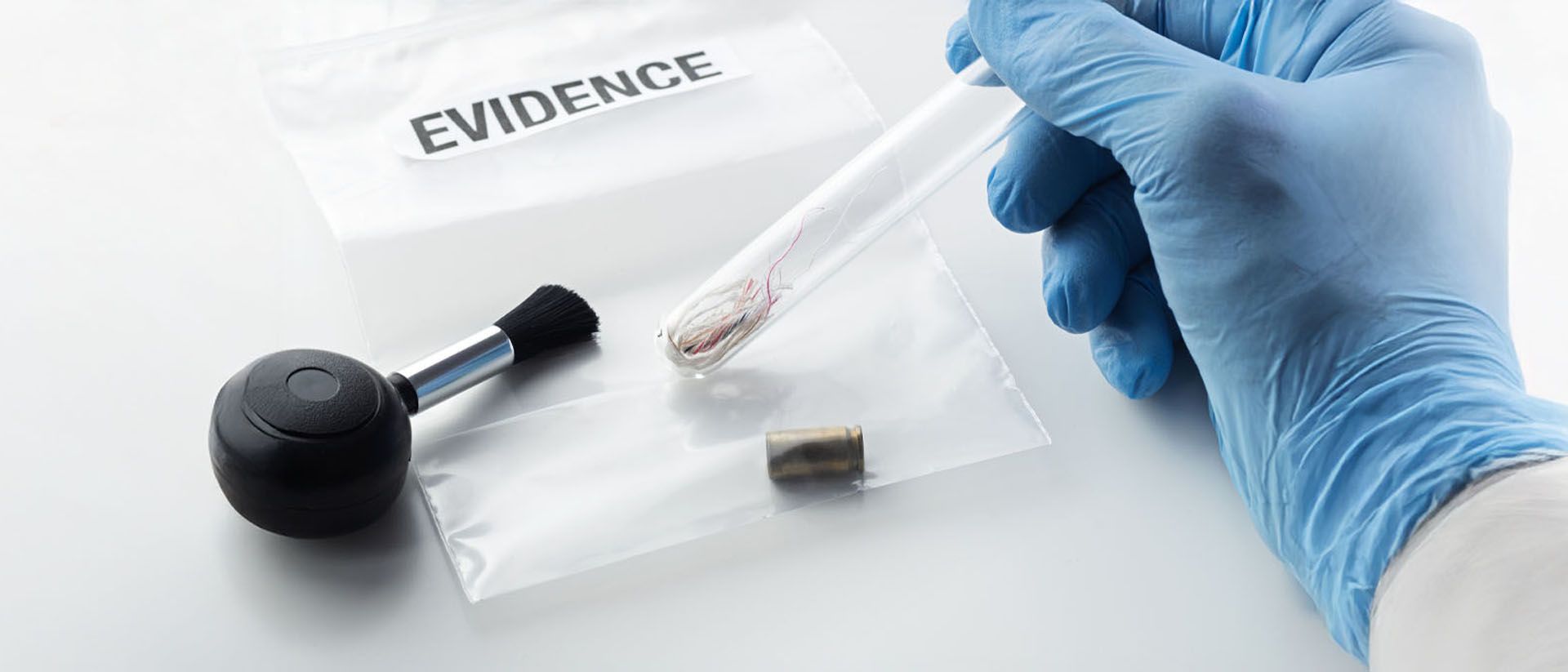Asbestos exposure: can I make a compensation claim?
James Watt, Senior Associate • November 24, 2021
It is easy with the benefit of hindsight to see that asbestos exposure in millions of Australian workers would cause such significant harm and damage in the form of asbestosis and other asbestos-related diseases.
However, whilst concerns regarding asbestos-related illness started being raised as early as the 1890’s, the true extent of the danger was not realised until the mid-1900’s. Initially governmental bodies around the world tried to control those risks by introducing “dust limits”, but by the 1970’s it was apparent that asbestos was something which could not be managed and needed to be taken more seriously. A sharp decline in the use or “consumption” of asbestos occurred in and around 1980. The World Health Organisation has since declared that there is no safe level of exposure to asbestos.
So, what is the danger associated with asbestos?
Asbestos is a mineral which occurs naturally and is made up of microscopic fibres. When asbestos is disturbed, these fibres can become airborne and be easily inhaled. Once inhaled, asbestos fibres may become trapped in the lungs, potentially causing a number of life-threatening diseases including cancer.
Statistically, those at greater risk of developing such illnesses include trades people who, particularly during the mid-to-late 1990’s, were working with asbestos products and who are unlikely to have taken safety precautions such as failing to wear masks. In our experience, this includes plumbers who were working with various asbestos products, painters who were sanding asbestos in order to apply or re-apply paint, electricians who were required to drill or cut asbestos products, and carpenters or builders involved in construction. Of course, that list is not exhaustive, and many others will have been regularly exposed to asbestos during their daily work.
In fact, some claims have previously been made because the person was exposed to asbestos second-hand. For example, workers in or around construction sites may have been exposed to dust particles even if not working with asbestos themselves or loved ones may have been exposed due to dust particles on clothing brought home by that person directly handling the products.
Delayed Onset of Symptoms
Illness caused by asbestos has a latent onset and, according to NSW Health, the symptoms associated with asbestos-related illness or disease can remain dormant or unrealised for some 20 to 30 years.
Due to such delays in the manifestation in symptoms, people may think that they do not have asbestos-related illness and may therefore not seek medical treatment in a timely manner.
Sadly, there are a reported 4,000 deaths due to asbestos each year in Australia.
What Compensation is Available?
Generally speaking, there are two (2) types of compensation claims available for those who have contracted a “dust disease” as defined under the law. Those are:
1) Statutory benefits: The NSW Nominal Insurer for workers compensation, iCare, now administer the benefits available under the Workers’ Compensation (Dust Diseases) Act 1926. Those benefits can include a pension-style payment together with payments for medical expenses incurred during the course of treating the illness.
In order to claim these benefits, iCare will need to be notified of the injury (and your diagnosis), and they will investigate the matter in a prompt fashion. This will involve having an investigator appointed to your case in order to determine your specific exposure to asbestos, when and where it occurred.
Spouses and dependants may also be entitled to payments for statutory benefits under the scheme.
2) Common Law Claim: Over and above those statutory benefits listed above, there exists a common law right to “sue”. This claim is based in negligence. Obtaining compensation involves proving that a responsible party (such as an employer, or perhaps a manufacturer of an asbestos product) caused negligent exposure to dust from a product such as asbestos. In order for this case to succeed, there must be evidence to link the dust disease to the exposure which occurred. The Dust Disease Tribunal has exclusive jurisdiction to hear claims for dust disease, meaning that is the forum in which these claims must be heard. In order to protect the benefits available under this type of claim, the case must be commenced before the victim dies.
Asbestos is now Banned, Isn’t the Risk Gone?
Whilst asbestos was banned in Australia in 2003, there remains many homes, business or other premises where asbestos has previously been installed. This places tradespeople and homeowners at risk of exposure.
This is particularly important given the prevalence of DIY home renovations. In fact, rather concerningly, the Asbestos Safety Eradication Agency reports that 28% of people who found asbestos during home renovations disposed of it illegally and without proper precautions.
With the ongoing presence of asbestos in the lives of many people, paired with a seemingly reckless disregard for the now known dangers associated with asbestos exposure, it is unlikely that we will see an end to asbestos-related illness or claims any time soon. Of course, this is compounded by the latent onset of symptoms, and we are therefore likely to continue seeing these cases emerge for many decades to come.
If you are unsure if you are suffering from an asbestos-related illness, or other dust disease, then you should contact your doctor and seek medical advice. If you have been diagnosed with a dust disease, then you should seek prompt legal advice.
Of course, this article has been drafted with a focus on asbestos, and numerous other products are linked to compensable dust diseases. Contact us today to find out more.
Photo 23794259 / Asbestos © Chrisp543 | Dreamstime.com

Kells has been delivering outstanding services and legal expertise to commercial and personal clients in Sydney and the Illawarra region for more than five decades. Our lawyers are savvy and understand your needs.
Subscribe
Want to get the latest articles and news delivered to your inbox?




